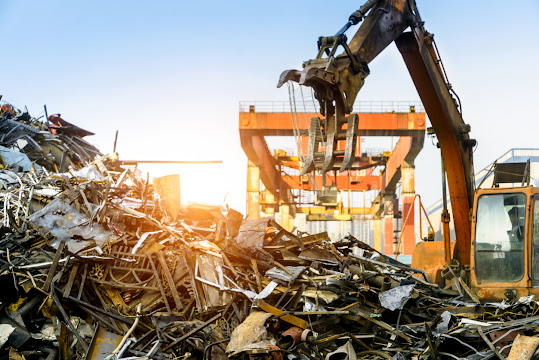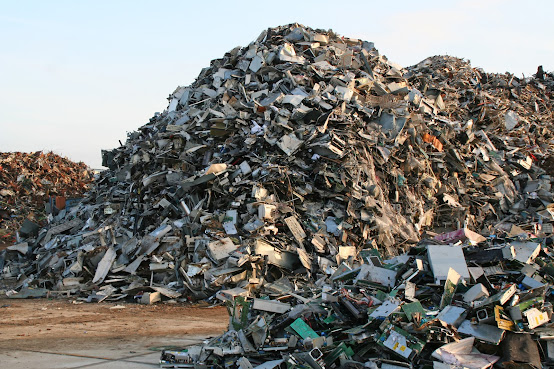From Scrap to Treasure: The Metal Recycling Process Unveiled
In a world where sustainability is increasingly becoming a priority, understanding the journey of metal from scrap to treasure is not just enlightening but crucial for our planet's future.
Metal recycling plays a vital role in conserving resources, reducing waste, and minimising environmental impact. Let's take a deep dive into the fascinating process of metal recycling Melbourne that turns discarded metal into valuable resources.
1. Collection and Sorting:
The metal recycling journey begins with the collection of scrap metal from various sources, including discarded appliances, construction materials, and automotive parts. These scraps are then sorted based on their type and composition, ensuring efficient processing downstream.
2. Shredding and Melting:
Once sorted, the scrap metal undergoes shredding, where it is broken down into smaller pieces to facilitate melting. The shredded metal is then melted in furnaces at high temperatures, turning it into molten metal ready for purification.
3. Purification and Alloying:
During purification, impurities such as dirt, paint, and coatings are removed from the molten metal to enhance its quality. Additionally, alloying may take place, where different metals are combined to create specific alloys with desired properties, adding value to the recycled metal.
4. Solidification and Forming:
After purification, the molten metal is solidified into ingots, bars, or other forms suitable for further processing. These forms can then be reshaped through various techniques such as casting, extrusion, or rolling to produce new products.
5. Distribution and Utilisation:
The recycled metal products are then distributed to manufacturers across various industries, including automotive, construction, aerospace, and electronics. These metal recycling Melbourne industries utilise recycled metal in the production of new goods, contributing to resource conservation and reducing the need for virgin materials.
6. Closing the Loop:
One of the most remarkable aspects of metal recycling is its closed-loop nature. Recycled metal can be infinitely recycled without losing its properties, unlike many other materials. This circular economy model not only conserves resources but also minimises energy consumption and greenhouse gas emissions.
From scrap metal to new treasures, the recycling process embodies the principles of sustainability and environmental responsibility. By supporting metal recycling initiatives, individuals and businesses alike can actively contribute to a greener and more sustainable future for generations to come.
The journey of metal from scrap to treasure is a testament to human ingenuity and our collective commitment to a sustainable future. By understanding and supporting the metal recycling Melbourne process, we can reduce waste, conserve resources, and mitigate environmental impact.
Let's join hands in embracing recycling as a solution to our planet's challenges. For more information on metal recycling and how you can get involved, visit www.immix.com.au In a world where every action counts, let's choose to make a difference through recycling.




Comments
Post a Comment